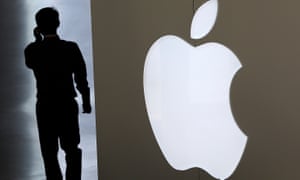
Apple Inc could face up to $862m in damages after a US jury on Tuesday found the company used without permission technology owned by the University of Wisconsin-Madison’s licensing arm in chips found in devices including the iPhone 6 and 6 Plus and several versions of the iPad.
The jury in Madison, Wisconsin, also said the patent, which improves processor efficiency, was valid. The trial will now move on to determine how much Appleowes in damages.
The Wisconsin Alumni Research Foundation (Warf) sued Apple in January 2014 alleging infringement of its 1998 patent for improving chip efficiency.
The jury was considering whether Apple’s A7, A8 and A8X processors, found in the iPhone 5s, 6 and 6 Plus, as well as versions of the iPad, violated the patent.
Apple denied any infringement and argued the patent was invalid, according to court papers. Apple previously tried to convince the US Patent and Trademark Office to review the patent’s validity, but in April the agency rejected the bid.
According to a recent ruling by the US district judge William Conley, who is presiding over the case, Apple could be liable for up to $862.4m in damages.
He scheduled the trial to proceed in three phases: liability, damages, and finally, whether Apple infringed the patent willfully, which could lead to enhanced penalties.
Warf used the patent to sue Intel Corp in 2008, but the case was settled the following year on the eve of trial.
In September, Warf launched a second lawsuit against Apple, this time targeting the company’s newest chips, the A9 and A9X, used in the just-released iPhone 6Sand 6S Plus, as well as the iPad Pro.
The case is Wisconsin Alumni Research Foundation v Apple Inc in the US district court for the Western District of Wisconsin, No. 14-cv-62.
Representatives for Warf and Apple could not immediately be reached for comment.
[Source:- The Gurdian]
